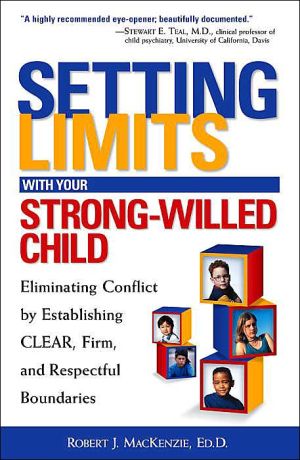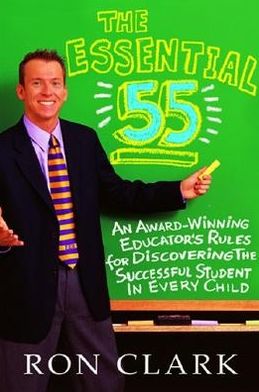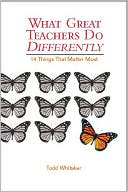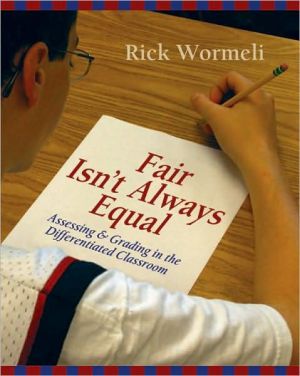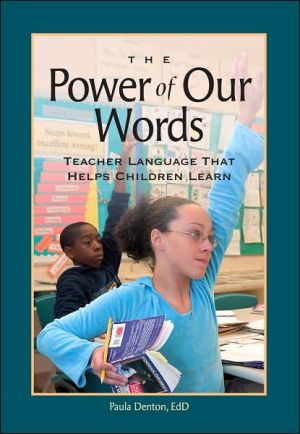A Repair Kit for Grading: Fifteen Fixes for Broken Grades
Ken O'Connor\ A Repair Kit for Grading: Fifteen Fixes for Broken Grades, 2/e\ Communicating about student achievement requires accurate, consistent and meaningful grades.\ Educators interested in examining and improving grading practices should ask the following questions:\ • Am I confident that students in my classroom receive consistent, accurate and meaningful grades that support learning?\ • Am I confident that the grades I assign students accurately reflect my school or district’s...
Search in google:
Communicating about student achievement requires accurate, consistent and meaningful grades. Educators interested in examining and improving grading practices should ask the following questions:• Am I confident that students in my classroom receive consistent, accurate and meaningful grades that support learning?• Am I confident that the grades I assign students accurately reflect my school or district’s published performance standards and desired learning outcomes?In many schools, the answers to these questions often range from "not very" to "not at all." When that’s the case, grades are "broken" and teachers and schools need a "repair kit" to fix them. A Repair Kit for Grading: 15 Fixes for Broken Grades gives teachers and administrators 15 ways to make the necessary repairs.Also included in:7 Training DVD Package - ISBN 9780132548939Grading & Reporting in Standards-Based Schools DVD Package - ISBN 9780132548915 Repair Kit for Grading, A: Fifteen Fixes for Broken Grades - 10 Books - ISBN 9780131392830 Grading Package - 20 Books – ISBN 9780132108287 Grading Package - 30 Books – ISBN 9780132108362 Grading Package - 40 Books – ISBN 9780132108294 Grading Package - 50 Books – ISBN 9780132108355 Additional ResourcesA Learning Team Study Guide is available online at www.assessmentinst.com/resources/ati-study-guides/.Visit http://www.assessmentinst.com/resources/ati-resources/ to read more articles on assessment, download study guides, and more!To check out ATI events and trainings in you area, visit http://www.pearsonpd.com/atioverview/.
Table of ContentsPreface . . . . . . . . . . . . . . . . . . . . . . . . . . . . . . . . . . xiiiChapter 1: Setting the Stage. . . . . . . . . . . . . . . . . . . 1Key Definitions . . . . . . . . . . . . . . . . . . . . . . . . . . . . . . . . . . . 7Purpose(s) for Grades . . . . . . . . . . . . . . . . . . . . . . . . . . . . . 8Underpinning Issues . . . . . . . . . . . . . . . . . . . . . . . . . . . . . . . 9Fairness.. . . . . . . . . . . . . . . . . . . . . . . . . . . . . . . . . . . . 9Motivation . . . . . . . . . . . . . . . . . . . . . . . . . . . . . . . . . 10Objectivity and Professional Judgment . . . . . . . . . . 12Student Involvement. . . . . . . . . . . . . . . . . . . . . . . . . . . . . . 13The 15 Fixes . . . . . . . . . . . . . . . . . . . . . . . . . . . . . . . . . . . . 14Chapter 2: Fixes for PracticesThat Distort Achievement . . . . . . . . . . . . . . . . . . . . 17FIX 1: Don’t include student behaviors (effort, participation,adherence to class rules, etc.) in grades;include only achievement . . . . . . . . . . . . . . . . . . . . . . . 19Student Involvement. . . . . . . . . . . . . . . . . . . . . . . . . . . . . . 22Summary . . . . . . . . . . . . . . . . . . . . . . . . . . . . . . . . . . . . . . . 24FIX 2: Don’t reduce marks on “work” submittedlate; provide support for the learner . . . . . . . . . . . . 26Student Involvement. . . . . . . . . . . . . . . . . . . . . . . . . . . . . . 29Summary . . . . . . . . . . . . . . . . . . . . . . . . . . . . . . . . . . . . . . . 30FIX 3: Don’t give points for extra credit or usebonus points; seek only evidence that more workhas resulted in a higher level of achievement . . . . . . . . 31Student Involvement. . . . . . . . . . . . . . . . . . . . . . . . . . . . . . 34Summary . . . . . . . . . . . . . . . . . . . . . . . . . . . . . . . . . . . . . . . 34FIX 4: Don’t punish academic dishonesty withreduced grades; apply other consequences andreassess to determine actual level of achievement. . . . 36Student Involvement. . . . . . . . . . . . . . . . . . . . . . . . . . . . . . 41Summary . . . . . . . . . . . . . . . . . . . . . . . . . . . . . . . . . . . . . . . 42FIX 5: Don’t consider attendance in gradedetermination; report absences separately. . . . . . . . . . 43Summary . . . . . . . . . . . . . . . . . . . . . . . . . . . . . . . . . . . . . . . 45FIX 6: Don’t include group scores in grades;use only individual achievement evidence. . . . . . . . . . . 46Summary . . . . . . . . . . . . . . . . . . . . . . . . . . . . . . . . . . . . . . . 48Chapter 3: Fixes for Low-Qualityor Poorly Organized Evidence. . . . . . . . . . . . . . . . . 51FIX 7: Don’t organize information in gradingrecords by assessment methods or simply summarizeinto a single grade; organize and reportevidence by standards/learning goals . . . . . . . . . . . . . 53Summary . . . . . . . . . . . . . . . . . . . . . . . . . . . . . . . . . . . . . . . 60FIX 8: Don’t assign grades using inappropriate orunclear performance standards; provide cleardescriptions of achievement expectations. . . . . . . . . . . 61Student Involvement. . . . . . . . . . . . . . . . . . . . . . . . . . . . . . 70Summary . . . . . . . . . . . . . . . . . . . . . . . . . . . . . . . . . . . . . . . 70FIX 9: Don’t assign grades based on student’sachievement compared to other students;compare each student’s performance topreset standards . . . . . . . . . . . . . . . . . . . . . . . . . . . . . 72Summary . . . . . . . . . . . . . . . . . . . . . . . . . . . . . . . . . . . . . . . 73FIX 10: Don’t rely on evidence gathered usingassessments that fail to meet standards ofquality; rely only on quality assessments. . . . . . . . . . . 75Summary . . . . . . . . . . . . . . . . . . . . . . . . . . . . . . . . . . . . . . . 78Chapter 4: Fixes for InappropriateGrade Calculation . . . . . . . . . . . . . . . . . . . . . . . . . . 79FIX 11: Don’t rely only on the mean; considerother measures of central tendency and useprofessional judgment . . . . . . . . . . . . . . . . . . . . . . . . . 81Summary . . . . . . . . . . . . . . . . . . . . . . . . . . . . . . . . . . . . . . . 84FIX 12: Don’t include zeros in grade determinationwhen evidence is missing or as punishment;use alternatives, such as reassessing to determinereal achievement or use “I” for Incomplete orInsufficient Evidence. . . . . . . . . . . . . . . . . . . . . . . . . . . 85Student Involvement. . . . . . . . . . . . . . . . . . . . . . . . . . . . . . 91Summary . . . . . . . . . . . . . . . . . . . . . . . . . . . . . . . . . . . . . . . 91Chapter 5: Fixes to Support Learning . . . . . . . . . . . 93FIX 13: Don’t use information from formativeassessments and practice to determinegrades; use only summative evidence . . . . . . . . . . . . . 95Student Involvement. . . . . . . . . . . . . . . . . . . . . . . . . . . . . 104Summary . . . . . . . . . . . . . . . . . . . . . . . . . . . . . . . . . . . . . . 105FIX 14: Don’t summarize evidence accumulated overtime when learning is developmental and will grow with timeand repeated opportunities; in those instances, emphasizemore recent achievement . . . . . . . . . . . . . . . . . . . . . . . . . . . . . . .106Summary . . . . . . . . . . . . . . . . . . . . . . . . . . . . . . . . . . . . . . .109FIX 15: Don’t leave students out of the grading process .Involve students; they can–and should–play key roles inassessment andgrading that promote achievement . . . . . . . . . . . . . . .111Summary . . . . . . . . . . . . . . . . . . . . . . . . . . . . . . . . . . . . . . .114Chapter 6: Summary and Reflection . . . . . . . . . . . .115References . . . . . . . . . . . . . . . . . . . . . . . . . . . . . . .119


